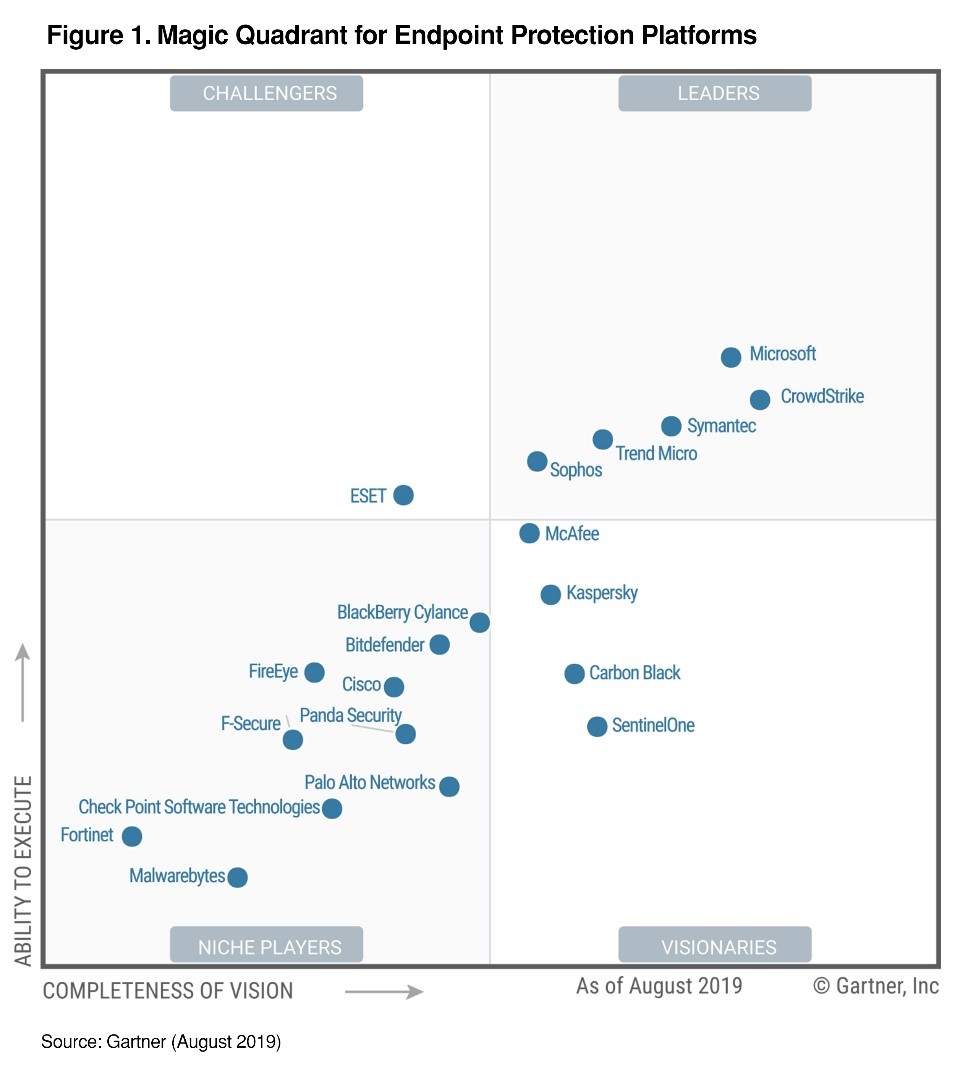
This is our monthly roundup of changes and new features coming up in Office 365, SharePoint and Kira.
This month we’ve got some news about Microsoft’s investment in data security and data governance paying off, new ways to manage your channels in Teams, plus some great new components coming to SharePoint and Kira that will make your intranet sites look better than ever.
Prefer a video? Watch this month’s full update here, or read on to discover this month’s new features in full:
- Microsoft focuses in on data security
- Moderate your channels in Microsoft Teams
- Exciting new web parts available in SharePoint and Kira
- Page footers on Communication Sites
- Enhancements for page editing and layouts in SharePoint
- Private channels in Microsoft Teams
Thanks to our Solution Designer, James Mackerness, for his contributions to this round-up.
If you would like to find out more about these changes, or would be interested in help getting more out of Office 365, get in touch with CompanyNet.
Microsoft focuses in on data security
Microsoft has been named the leading platform for endpoint security in Gartner’s latest ‘Magic Quadrant’. Gartner scores are calculated on the basis of ‘completeness of vision’ and ‘ability to execute’, the combination of which put Microsoft right at the top of the leaderboard. This reflects the company’s investment in Office 365’s Advanced Threat Protection (ATP) suite, which helps defend your data against increasingly sophisticated forms of attack through clever technology like threat analytics.
In related news, Microsoft has just bought BlueTalon, a company specialising in data-centric security. The acquisition underlines their commitment to maintaining Office 365 and Azure’s world-leading data security and governance features.
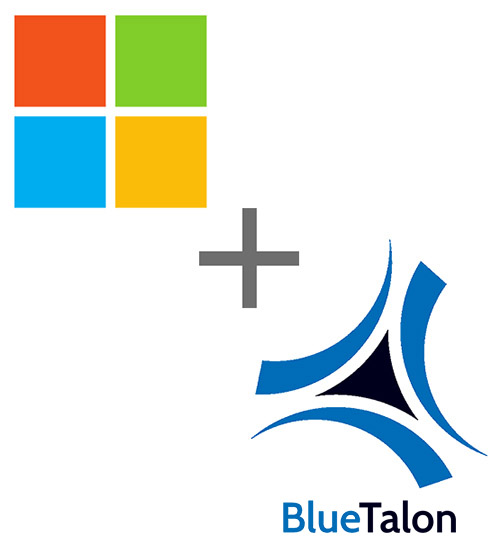
As more services move to the cloud, organisations’ data estates are becoming increasingly complex. That complexity means it’s harder than ever to spot potential issues in data governance. BlueTalon’s team has developed a software suite to help identify those issues before they become a problem, promoting better data security.
BlueTalon’s technology will be brought into Azure, with its staff joining Microsoft’s Azure Data Governance group. With research (also by Gartner) finding that more than 50% of organisations citing data governance and data security as one of their biggest challenges, it’s no surprise that Microsoft is investing heavily in this area.
Moderate your channels in Microsoft Teams
Microsoft Teams now offers Team Owners more control over channel moderation – controlling who can post and respond. Owners can turn this on on a channel-by-channel basis in the channel settings.
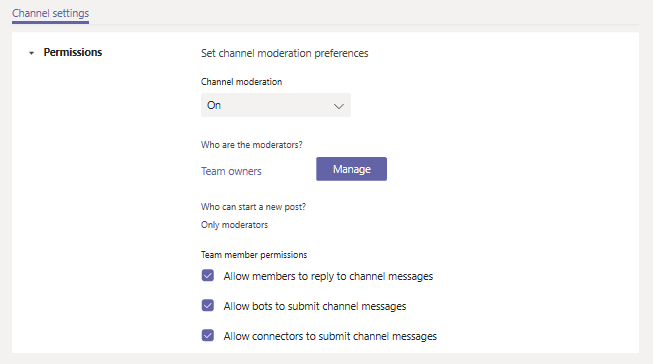
Owners are always moderators, but Team Owners (and other moderators) can also specify other members to be moderators for the channel.
Once turned on, only moderators can publish new channel messages, and the settings can be used to specify whether or not non-moderator members are allowed to respond to those messages. Coupled with the new privacy options this gives your owners a lot more control over what gets published and by whom.
Why does it matter?
More control is always welcome. A couple of good examples here include a channel dedicated to announcements only (without the opportunity to respond), or a channel designed to foster responses only on specific topics.
When will it happen?
This should have just completed full rollout, so you should find it available now.
Do I need to do anything?
You don’t need to do anything. The setting is off by default (so all current behaviours are preserved), but you might want to inform your Team Owners about the new options.
Exciting new web parts available in SharePoint and Kira
Microsoft have announced a great new selection of web parts available to content authors to use to spice up pages. The components will be available immediately for use by users of our Kira intranet platform as soon as they hit SharePoint tenants, in keeping with our commitment to keeping Kira closely aligned with Office 365.
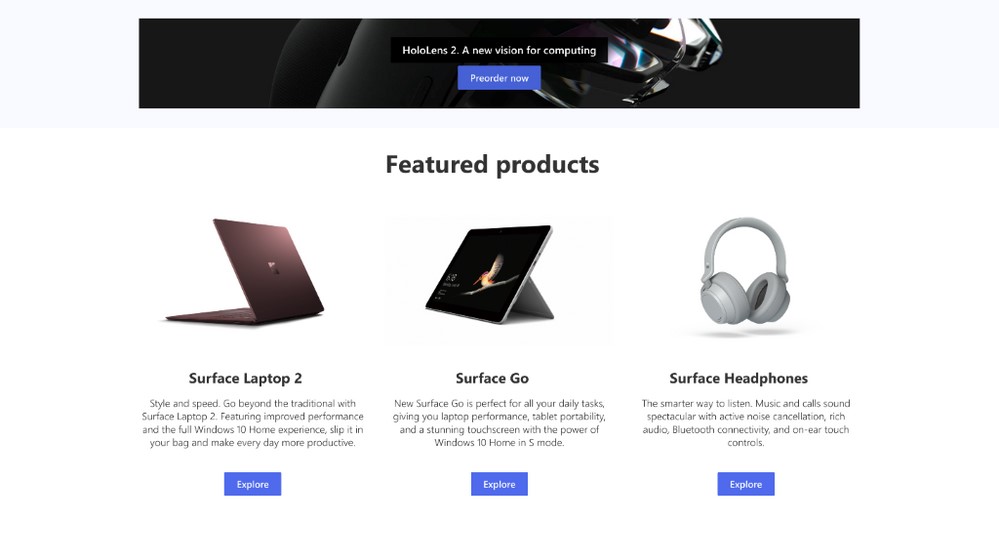
First off, the Button web part allows you to place a clickable button on the page with some text on it – useful for adding something obvious to click.
Next up, the Call to Action works in the same way, but takes an image background or explanatory text too. While we haven’t seen this in action yet, it sounds very similar to the ‘Spot’ web part included as part of Kira. Kira’s Spot component also lets you use custom background colours to make things stand out against your theme, so it’s likely we will not be retiring it just yet.
Thirdly, a new World Clock will automatically show the time in other locations you specify. Microsoft are also updating the Weather component to make it better fit the modern SharePoint experience, so it might be worth revisiting if it’s something you’ve looked at before. These web parts both give a sense of place and can be effectively deployed by organisations working across multiple time zones or with offices in multiple locations.

The Hero panel web part also sees an update, with the ability to add a secondary ‘Call to Action’ link on each tile. This means you could, for example, create a panel which links to a particular page, with a secondary Call to Action link which takes the user to a Yammer discussion.
Microsoft have also given the SharePoint News component a facelift, now offering a ‘Hero’-style tiled layout. Our Kira intranet platform has its own news component, so if you use that, you will be unaffected.
Finally, Microsoft has enhanced the Highlighted Content web part with the ability to customise queries. This lets more technically-minded content creators build queries that use ‘AND’ and ‘OR’ operators, reference custom properties, and use custom CAML and KQL code. Kira’s built-in aggregator component already offers a far more powerful and flexible way to display highlighted content, but if you’re not a Kira user, or already use the Highlighted Content web part elsewhere, this may be of interest.
Why does it matter?
Giving content authors more tools to use is usually a good thing, so long as they’re trained in the options instead of overwhelmed by them. Signposting – such as with the Button and Call to Action web parts – is always very useful, and the World Clock may be interesting customers with international offices. While we’d suggest Kira users continue to use the more powerful, dedicated Kira component for homepage news, the improved Hero panel component could make your departmental or topic-based sites (such as HR or IT hubs) richer.
When will it happen?
The new components started being rolled out in August, so you should expect them soon.
Do I need to do anything?
You don’t need to do anything, but you might consider checking how each component behaves and updating your content author training.
Page footers on Communication Sites
If you use Communication Sites on SharePoint, you’ll find that you now have the option of adding a site-wide page footer.

Using the Change the Look settings, you can now edit footer settings such as whether or not the footer appears, and add a logo, name, and navigation links. The footer will use a colour from your current SharePoint theme so it should fit in with your brand automatically.
Why does it matter?
Footers can be a useful way of supporting your brand while also adding some lower priority links. They have been notable by their absence from SharePoint, and are a feature that our customers often enquire about. In particular, those moving from older intranets with a footer may welcome this familiar option.
When will it happen?
This feature has already rolled out to SharePoint. Because the current version of Kira is built on Communication Sites, footers are now available across the board in Kira, too.
Do I need to do anything?
You don’t need to do anything, but you may want to make your intranet team aware of the availability of footers.
Enhancements for page editing and layouts in SharePoint
Microsoft are adding some new functionality to the SharePoint page publishing experience.
Undo and Redo buttons on the toolbar will let you backtrack changes made while editing the page.
Edit mode will now let you drag and drop files directly onto a page, automatically adding them to the site’s document library, and embedding them using the File Viewer component.
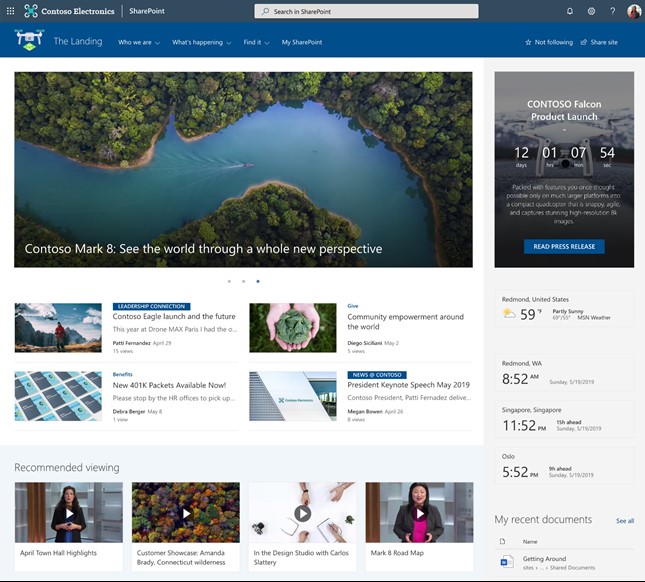
Finally, vertical sections will give you more control over the layout of your page, and anchor links will turn any text using the ‘heading’ style into an element to which you can link directly.
Why does it matter?
Features like this always add value for your content authors. In particular, vertical sections will give them some good layout options, such as having a coloured sidebar on a page, or highlighting a single column. Anchor links mean you can give people the ability to click a button or link and be taken directly to a particular point on a page, which is particularly useful if you have, for example, a long policy document with many subsections.
When will it happen?
These updated features were meant to be rolled out in August, though we haven’t seen them yet, so watch this space.
Do I need to do anything?
You don’t need to do anything, but once the features arrive, you could consider notifying your authors and updating any training materials.
Private channels in Microsoft Teams
In Microsoft Teams, you can now set a channel within a team to ‘Private’. Once you’ve done this, the channel can only be accessed by a select group of people – a subset of the membership of the full team.
Team owners will be able to see all the private channels within a team, whereas team members will only see the channels they’ve been added to. A lock icon next to the channel’s name indicates it’s been made private.
Why does it matter?
This feature gives team owners more control over what content can be seen by whom; that means that you won’t need to create separate teams just for managers or other specialists.
When will it happen?
Microsoft says rollout should be complete by the end of September.
Do I need to do anything?
You don’t need to do anything, but you may want to think about notifying your team owners of the change. We don’t know for certain, but it’s a safe bet that any folder associated with a private channel will have permissions applied appropriately. It’s not clear yet whether those permissions will be synced across Teams and SharePoint if they change. It’s probably best to test this before going ahead with private teams.

